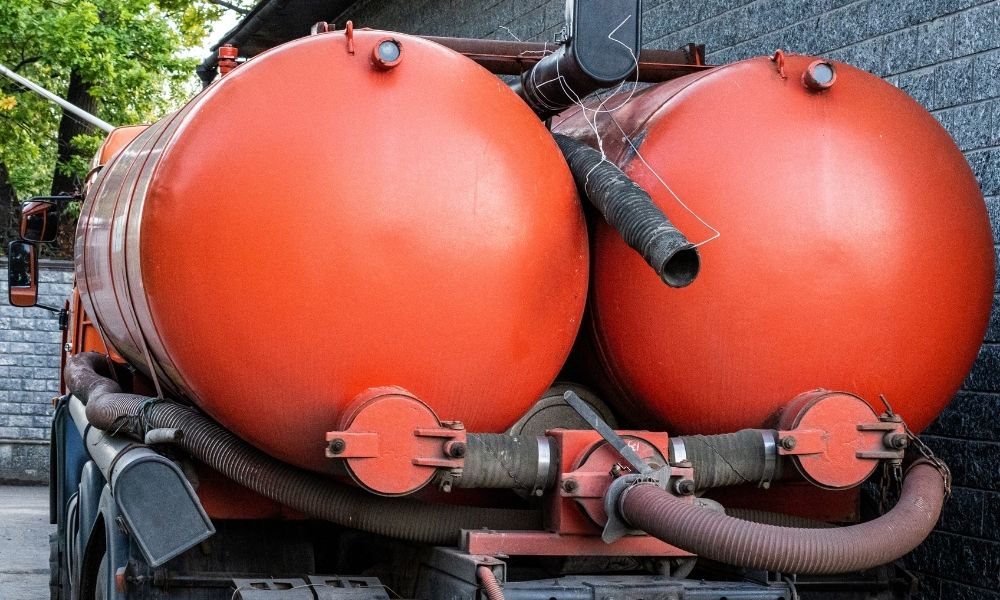
If you’re a homeowner, you may have come across the terms “cistern” and “septic tank” being used interchangeably. While both systems are integral for managing water and wastewater, they serve very different purposes and operate in distinct ways. Understanding the differences between a cistern and a septic tank is essential for making informed decisions about which system is right for you and your property. Each system has a unique design and function, so it’s important you find the one that’s right for your unique needs.
Technical Differences
A cistern is an underground or above-ground storage tank designed to collect and store rainwater for various non-potable uses, such as irrigation, toilet flushing, or even washing cars. It is essentially a reservoir for water, making it a great solution for areas with limited access to municipal water or for those looking to conserve water.
A septic tank, on the other hand, is a more complex system designed to manage and treat household wastewater on-site. It separates solids from liquids through multiple chambers, allowing solids to settle at the bottom while the liquid waste is treated and filtered before being safely released into the soil through a drain field. This process makes sure that untreated waste doesn’t contaminate the environment. Unlike cisterns, septic tanks process and treat waste effectively and safely.
Benefits-Focused
The benefits of owning a cistern are primarily centered around water conservation and cost savings. By harvesting rainwater, you can reduce your reliance on the municipal water supply, which can lead to lower utility bills over time. Cisterns are also particularly useful in areas prone to drought or in regions where water restrictions are common. They provide a sustainable way to ensure water availability for non-drinking purposes.
Septic tanks, on the other hand, are vital for homes that are not connected to a central wastewater system. They provide an efficient way to treat household wastewater on-site, protecting both your health and the environment. By properly managing wastewater, septic tanks prevent contamination of nearby water sources and reduce the risk of waterborne diseases. They are an essential system for rural or remote properties where centralized sewer systems are not available.
Purpose
The primary purpose of a cistern is to collect, store, and provide rainwater for later use. This can be particularly beneficial for tasks like watering gardens, flushing toilets, and cleaning surfaces. In some cases, you can even use cisterns to supply potable water as long as you have the proper filtration systems in place.
A septic tank, on the other hand, treats and manages household wastewater. Its purpose is to break down organic waste, separate solids from liquids, and safely release treated water back into the environment. When you treat this wastewater, you can prevent water pollution and protect public health.
While both cisterns and septic tanks are important, getting the right one for your needs means knowing all the key differences. They serve different purposes and require different levels of expertise and maintenance, and here at Royal Liner, we can take care of yours. We’re the tank lining company you can count on for all of your tank liner needs, whether that’s for a cistern or septic tank. Contact us today so that you can get the extra layer of protection you need!
